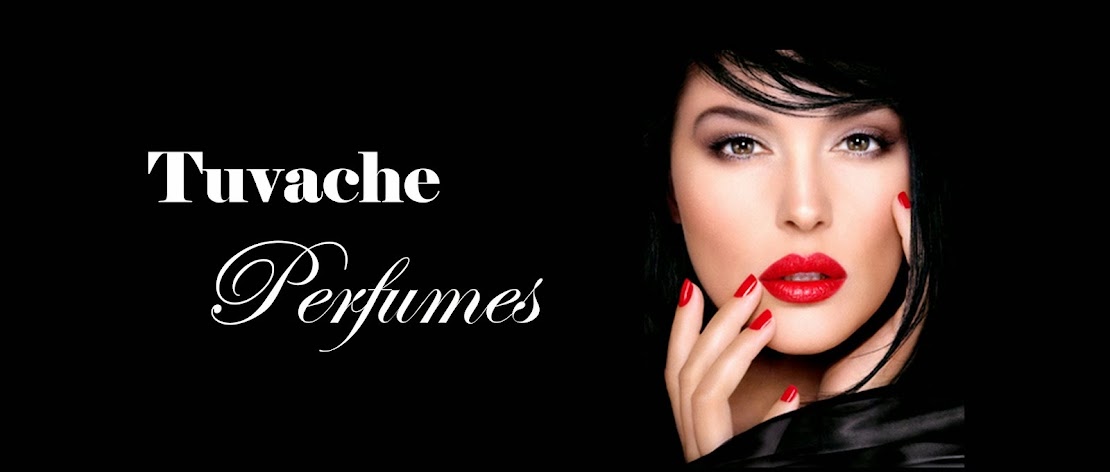In 1940, the world was teetering on the brink of chaos as World War II enveloped Europe. Despite the turmoil, there was an undeniable allure in the promise of exotic locales and the escapism they provided. It was against this backdrop that Bernadine de Tuvache launched her fragrance "Algiers," a name that conjured visions of far-off lands and the mystique of North Africa. Algiers, the capital city of Algeria, had a long-standing connection to perfumes, with its rich history as a center for the cultivation of exotic flowers and the production of fragrant oils. The city's vibrant culture and its association with the lush, aromatic landscapes of the Maghreb made it an ideal muse for a perfume intended to evoke elegance and enchantment.
Madame Tuvache’s choice of the name "Algiers" was both strategic and evocative. During this period, there was a fascination with the exotic and the unknown, and North Africa held a particular mystique. Algiers, with its storied history as a melting pot of cultures and its reputation for producing some of the world's most coveted floral essences, represented a gateway to an enchanting world. The perfume, described as a fruity floral with sharp, citrusy fruits and languid, poetic flowers, mirrored the sensory richness associated with the city. The choice of ingredients—neroli, pepper, lemon, orange, bergamot, narcissus, white hyacinth, cinnamon, tuberose, jasmine, clove, orris, ylang-ylang, rose, carnation, musk, heliotrope, oakmoss, sandalwood, vetiver, and ambergris—created a complex, layered scent that captured the essence of Algiers.
Naming the perfume "Algiers" was particularly appropriate because it invoked images of the bustling souks, the intricate architecture, and the lush gardens of the city. The name promised an olfactory journey to a place where the air is thick with the scent of blooming flowers and the warm Mediterranean breeze. It appealed to those yearning for a taste of the exotic, a brief escape from the harsh realities of the time.




